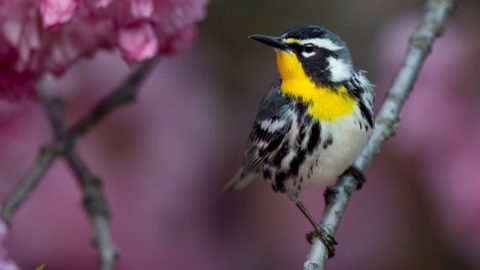Photo Essay: Finding Pristine Moments in New Jersey’s Urban Landscape
Even in the U.S.'s most densely populated state, forested pockets can transform into sylvan refuges. One bird photographer made it his quest to find the avian gems hidden across New Jersey.
By Ray Hennessy
March 19, 2021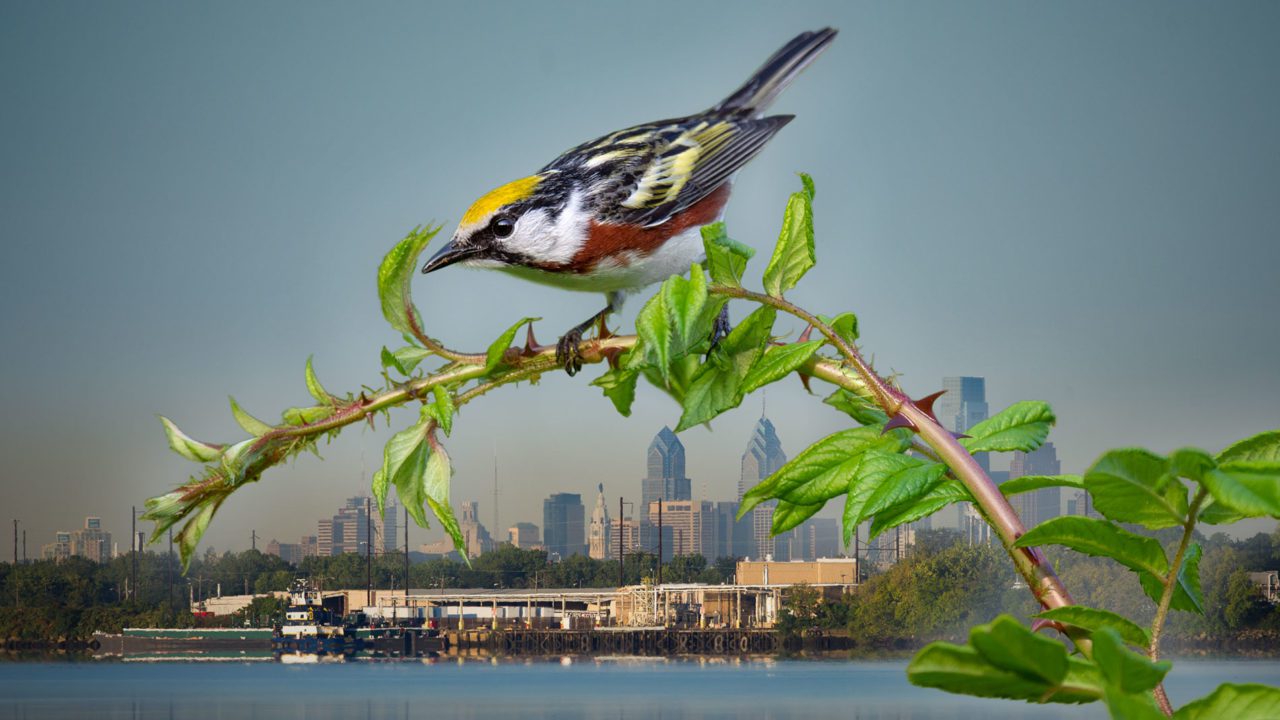
From the Spring 2021 issue of Living Bird magazine. Subscribe now.
Most people think of New Jersey as crowded, and it is the most densely populated state—thoroughly urban with high-rises dotting the skyline. But New Jersey is also a key stopover region for millions of migratory warblers, as well as home ground for several warbler species that choose to stay, breed, and raise their young.
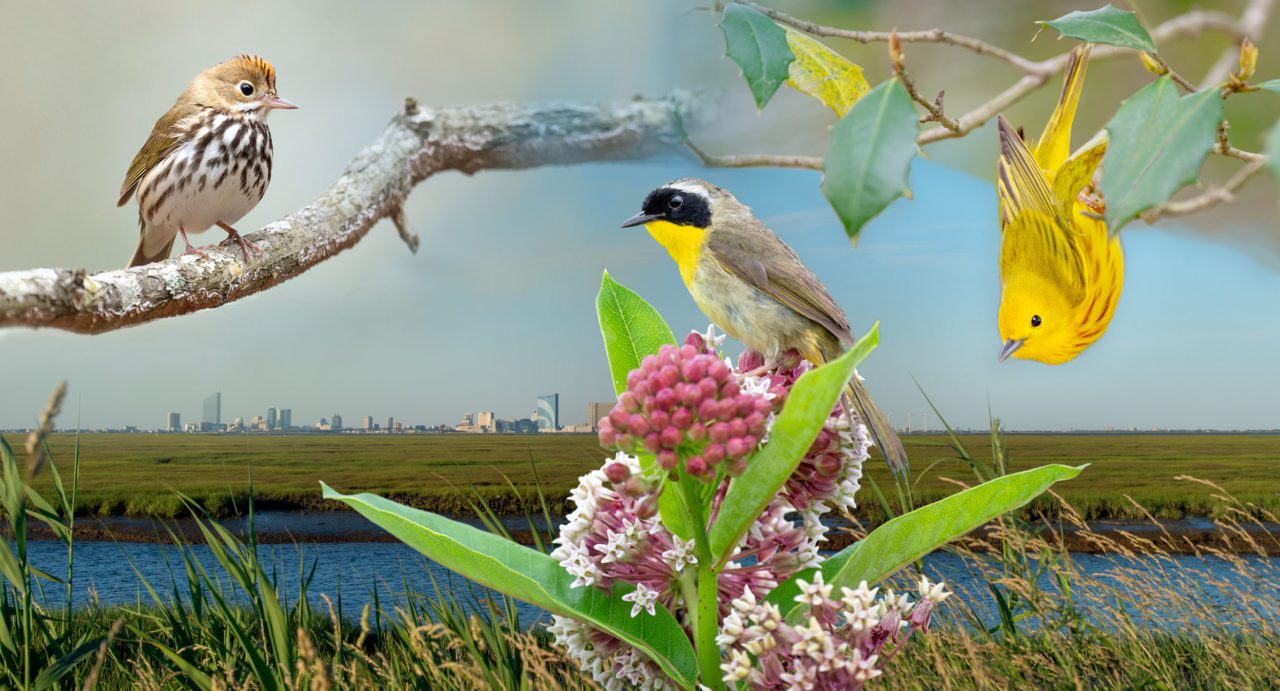
In the Shadow of Skyscrapers
Where I live in Jersey, the landscape is the epitome of urban sprawl. Yet I’m continually amazed at how some warblers have managed to scratch out survival amid the precious few green spaces tucked in the shadows of cities, such as the open marshes just outside of Atlantic City. Forest birds can be found here, too, such as Ovenbirds in the postage-stamp woodlots that haven’t been sold off as real estate yet.
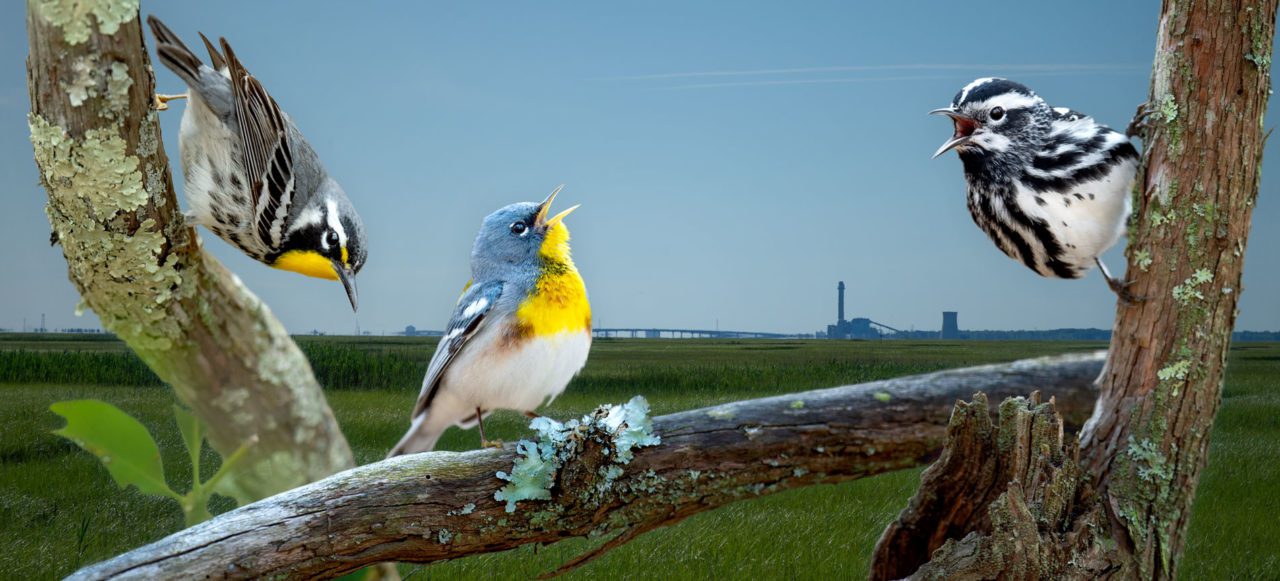
A Habitat Oasis Near a Power Plant
The area around Ocean City is densely developed with several towns and a prominent power plant (now decommissioned). Ironically, there’s a halo of green space within eyesight of the smokestack. A saltmarsh near the old power station is bordered by a strip of forest that’s brimming with warblers in spring and summer. Every year many thousands of day-trippers and vacationers drive right through this area to the beach towns, unaware of all the fantastic birds that live nearby.
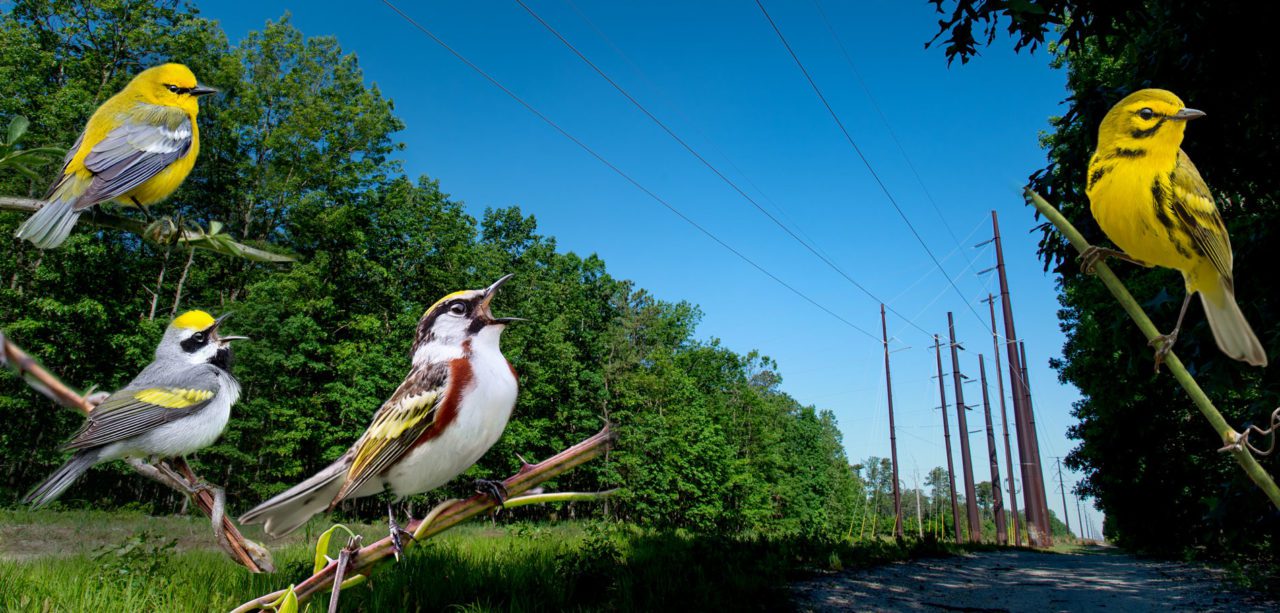
Ribbons of Brushy Nesting Grounds
Powerlines crisscross northern New Jersey leading to and from the state’s industrial hubs. Beneath the electrical wires, shrubby corridors sprout and are regularly maintained by annual brush-cutting—creating stand-in nesting grounds for the warblers that specialize in early successional habitat. As a bird photographer I’ve learned that spending a few minutes bushwhacking into a powerline cut in spring and summer is nearly guaranteed to yield a warbler of some kind. And when I do, it never ceases to amaze me: so many warblers are struggling to survive as their habitats are ever-shrinking, and yet every spring they show up in Jersey to try again.
Professional photographer Ray Hennessy lives in southern New Jersey.

All About Birds
is a free resource
Available for everyone,
funded by donors like you
American Kestrel by Blair Dudeck / Macaulay Library
